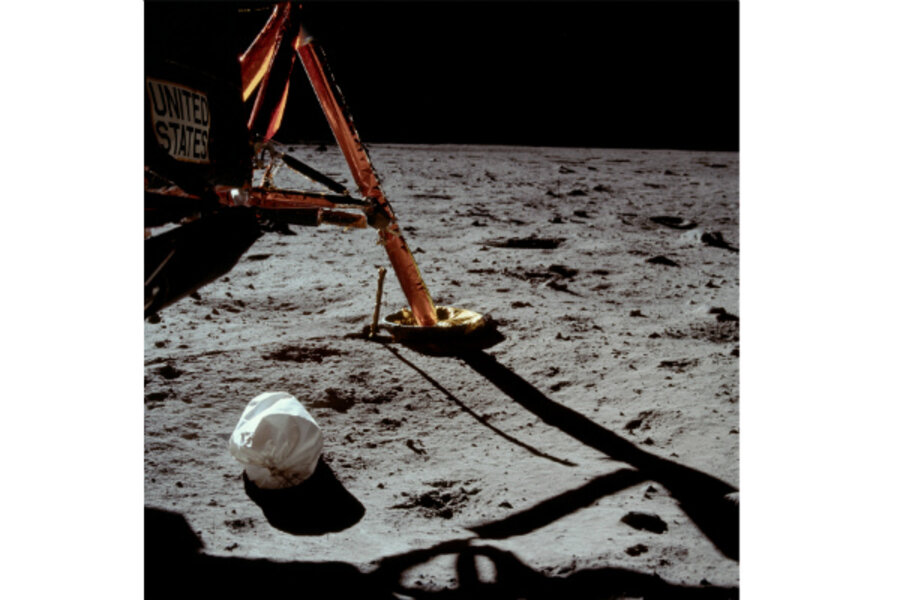Apollo 11: See the first photo ever taken by someone on the moon
Loading...
“That’s one small step for man, one giant leap for mankind.” After speaking these historic words at 10:56 EDT on July 20, 1969, marking the moment that humanity first placed a foot on a world other than its own, Apollo 11 commander Neil Armstrong began his work documenting the lunar surface before him.
The image above is the first photo taken by Armstrong after exiting Eagle, the landing module — and the first photograph ever taken by a person standing on the surface of another world.
After this image, Armstrong took several more images of the surrounding landscape before fellow astronaut Edwin “Buzz” Aldrin, Jr. exited the module as well. The third man on the mission, Michael Collins, remained in lunar orbit piloting the command module Columbia.
The rest, as they say, is history.
Armstrong, as were all the Apollo mission astronauts, was trained in the use of a modified Hasselblad 500 EL camera, which took wonderfully detailed images on large-format film. Most of the photos they brought back have been high-quality scanned by Kipp Teague and are available online at the Apollo Image Gallery.
Today is the 43rd anniversary of the first lunar landing. More than just a page in the history books, it marks a shining moment for all of humanity when the combined ingenuity and courage of many, many people succeeded in the daunting task of, in President Kennedy’s words from May 25, 1961, “landing a man on the moon and returning him safely to Earth.”
Images: NASA. Scans by Kipp Teague.
Jason Major is a graphic artist from Rhode Island now living and working in Dallas, Texas. He writes about astronomy and space exploration on his blog Lights In The Dark, on Universe Today and also on Discovery News.
This story originally appeared in Universe Today.
Want to stay on top of all the space news? Follow @universetoday on Twitter





